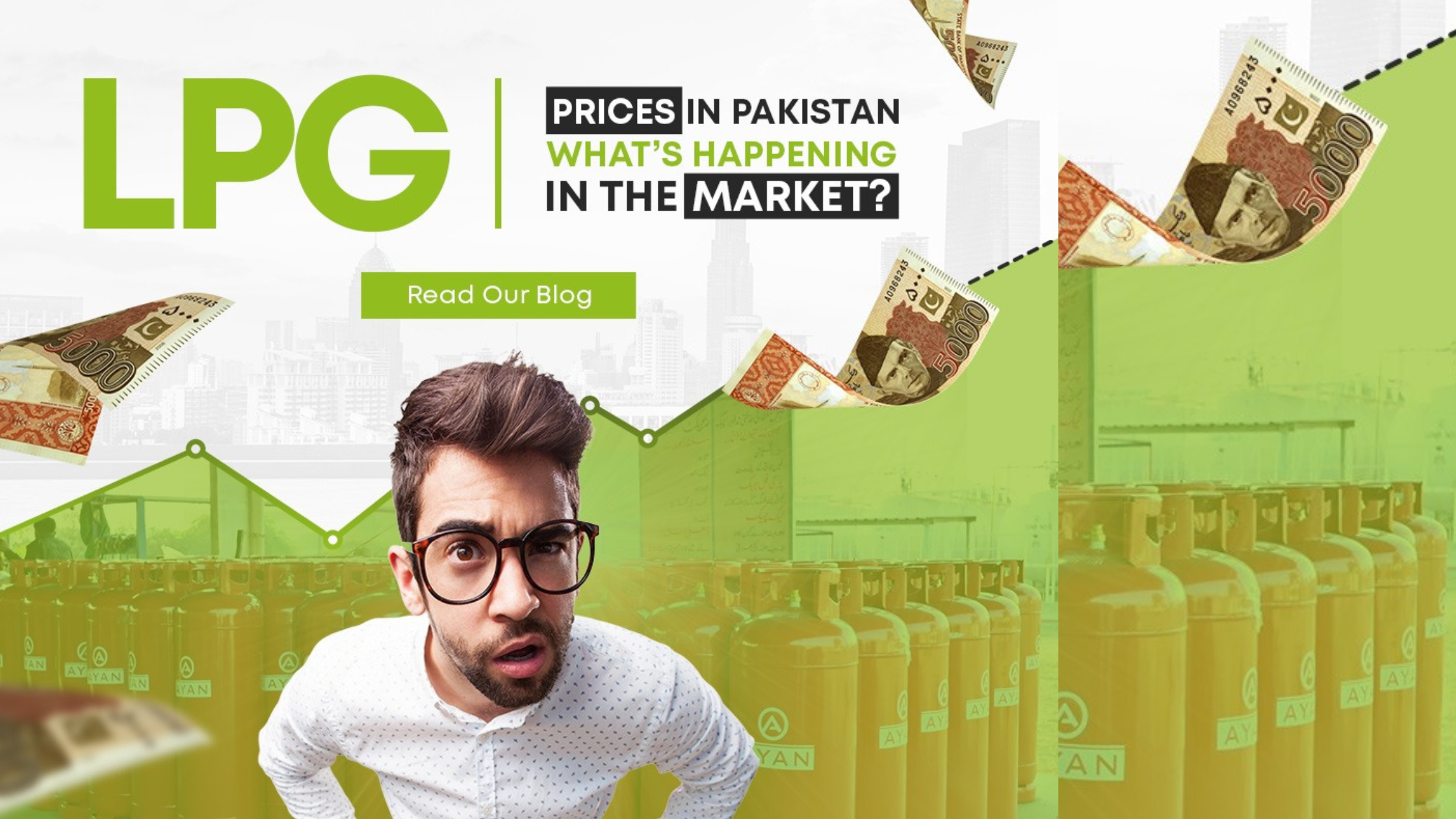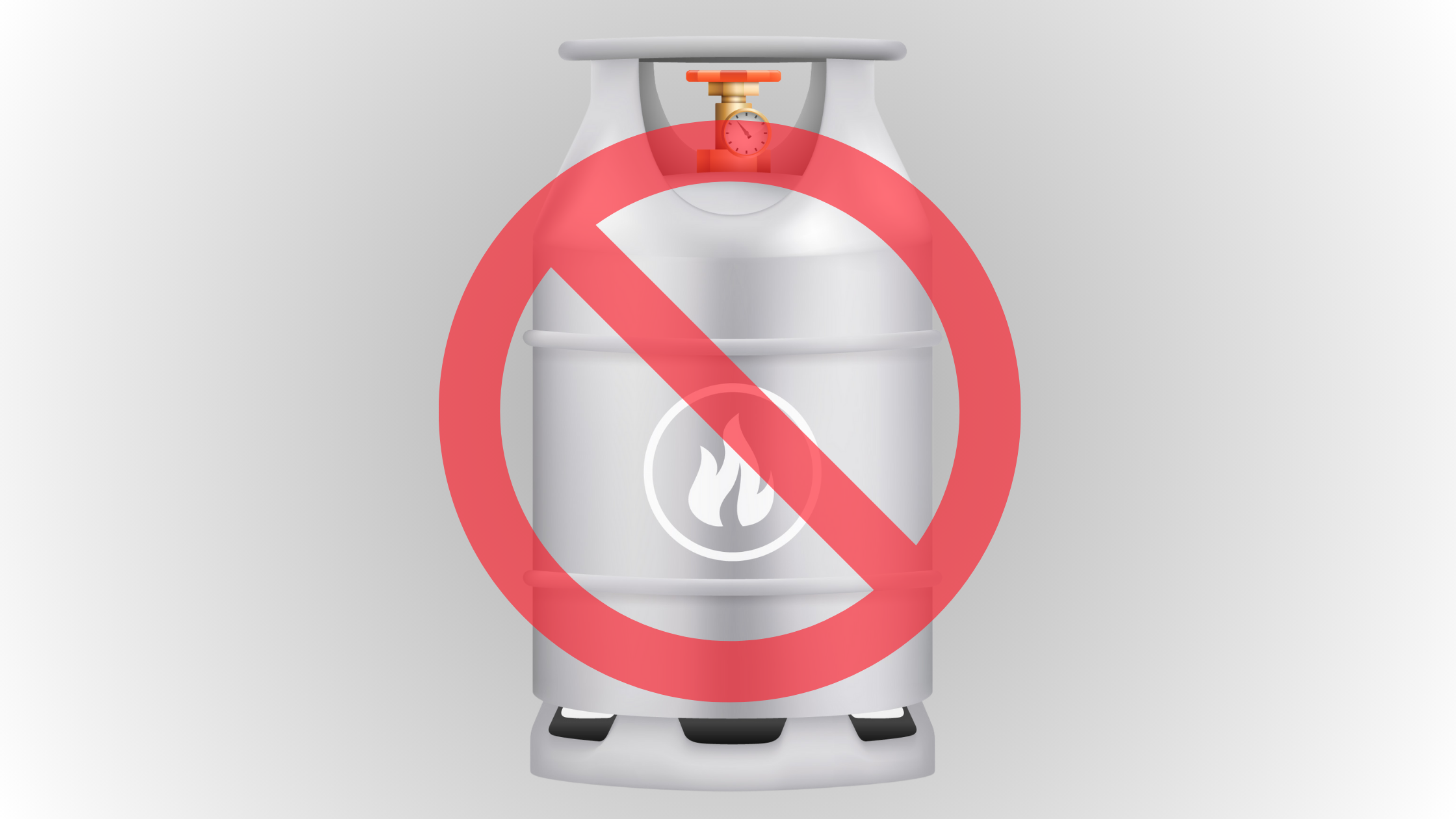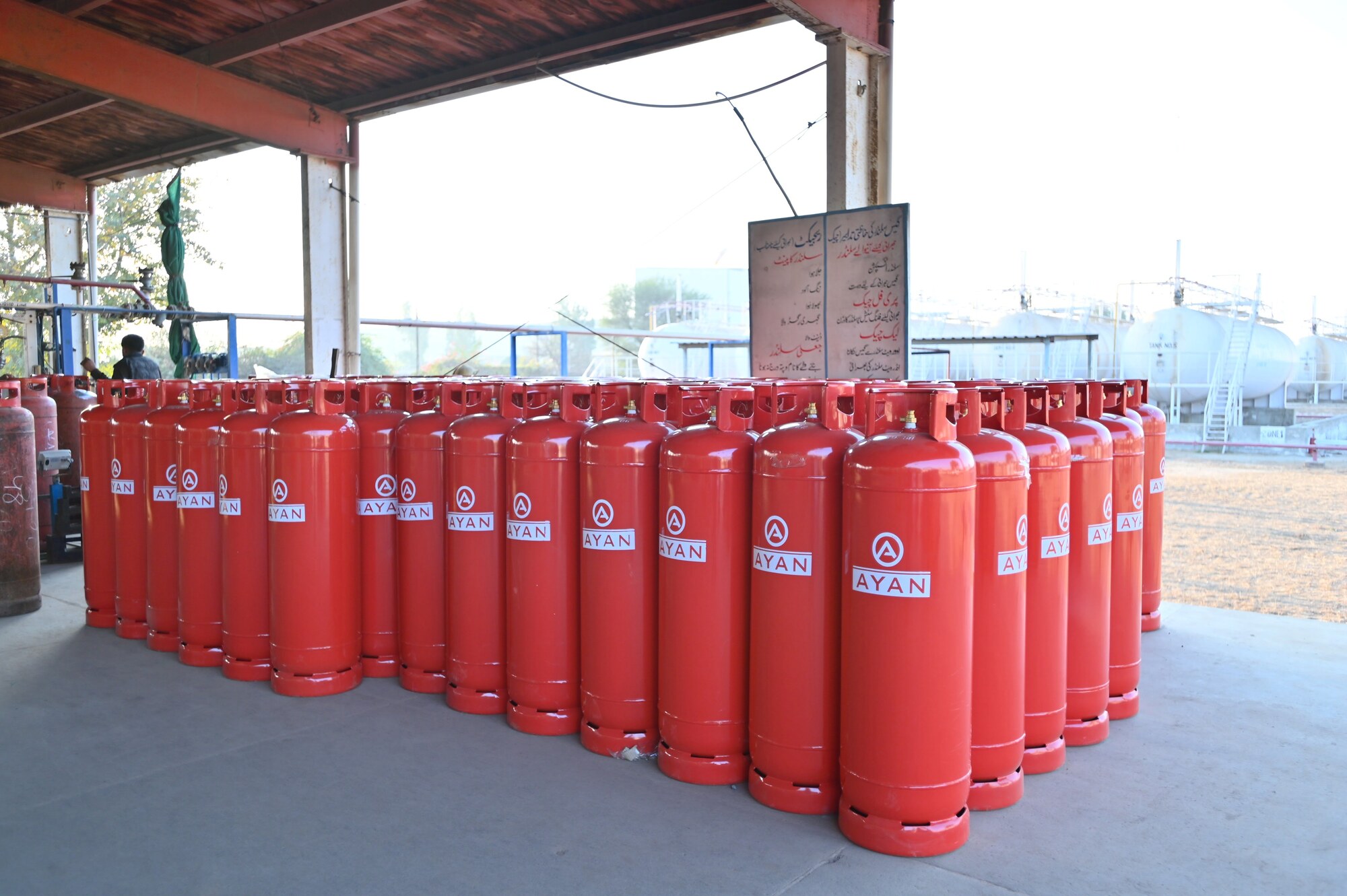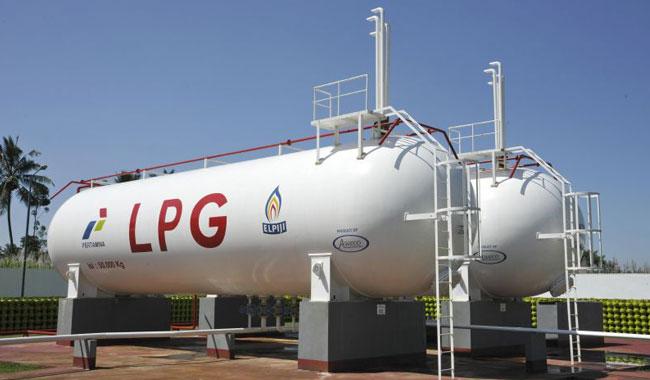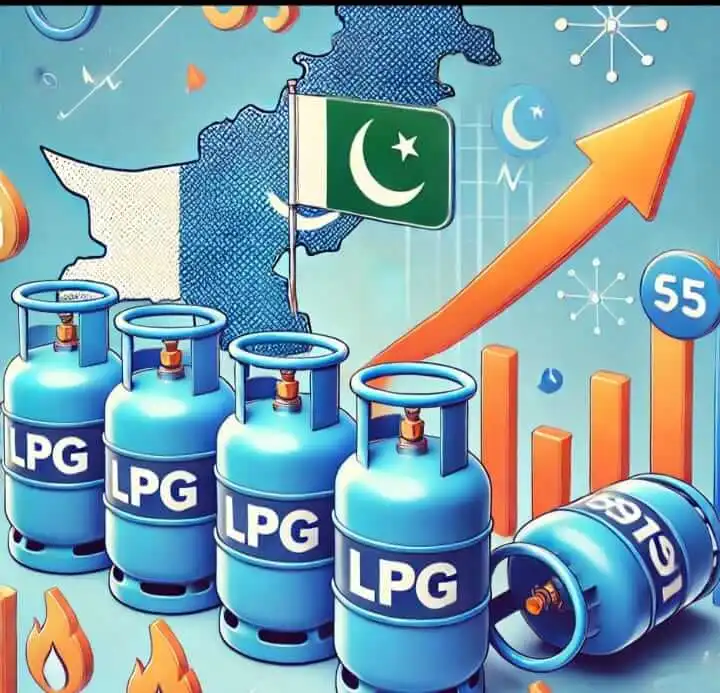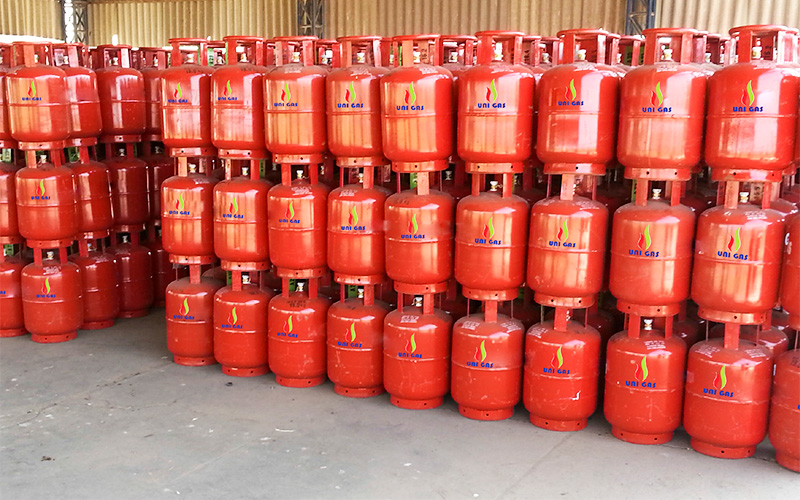LPG Prices in Pakistan – What is Happening in the Market?
The Liquefied Petroleum Gas (LPG) market in Pakistan has experienced notable fluctuations in pricing over recent months, influenced by various global and domestic factors.
January 2025: Price Reduction
In January 2025, the Oil and Gas Regulatory Authority (OGRA) announced a reduction in LPG prices. The per-kilogram price decreased by Rs. 4.02, setting the new rate at Rs. 250.28. This adjustment lowered the cost of an 11.8 kg domestic cylinder to Rs. 2,953.36, offering some relief to consumers. The reduction was attributed to a 2% decrease in the Saudi Aramco Contract Price (CP), despite a slight increase of 0.12% in the US dollar exchange rate.
February 2025: Price Increase
Conversely, in February 2025, OGRA implemented a price increase of Rs. 3.68 per kilogram, bringing the LPG price to Rs. 254 per kilogram. This hike resulted in an 11.8 kg domestic cylinder priced at approximately Rs. 2,997. The increase was primarily due to a 1.6% rise in the Saudi Aramco CP and a marginal 0.19% uptick in the US dollar exchange rate.
March 2025: Price Decrease
In March 2025, OGRA announced a decrease in LPG prices by Rs. 6.15 per kilogram, reducing the price to Rs. 247.82 per kg. This adjustment brought the cost of an 11.8 kg domestic cylinder down to Rs. 2,924.31. The reduction was linked to a 3.18% decrease in the Saudi Aramco CP, even though the average dollar exchange rate saw a slight increase of 0.21%.
Market Dynamics
These price variations highlight the sensitivity of Pakistan’s LPG market to international benchmarks like the Saudi Aramco CP and fluctuations in the US dollar exchange rate. Additionally, seasonal demand shifts, particularly during winter months, significantly impact LPG consumption patterns. The government’s efforts to adjust electricity tariffs to manage power consumption further influence the energy market dynamics. For instance, reduced electricity tariffs during winter aim to boost consumption and conserve natural gas.
Looking Ahead
As of April 2025, stakeholders in the LPG market should remain vigilant of global oil price trends, currency exchange rate movements, and domestic policy changes. These factors collectively shape the pricing landscape of LPG in Pakistan, directly affecting consumers and businesses reliant on this energy source.

